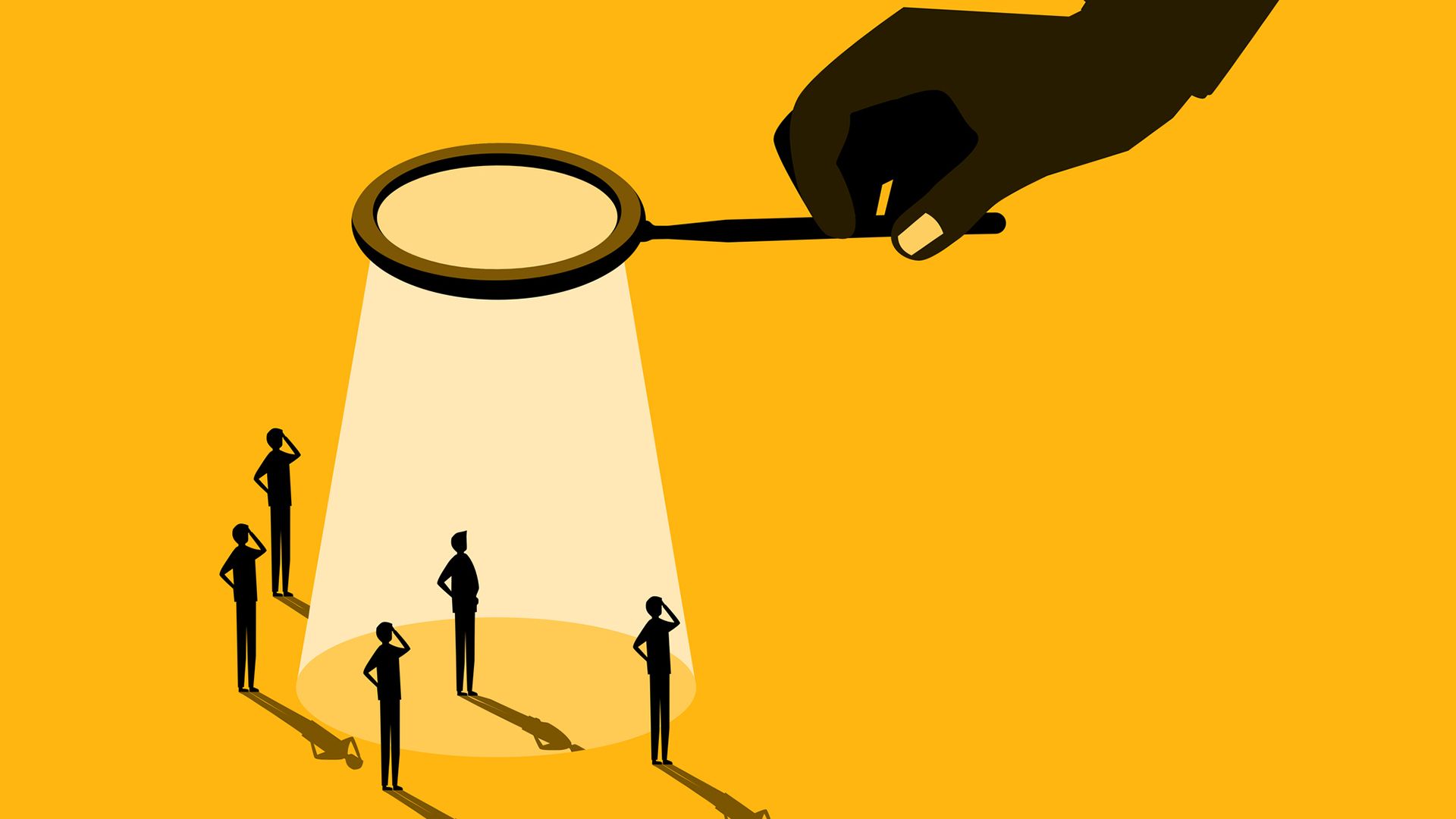
"Employee monitoring is not new. Its origins can be traced back to the time and motion studies of the 19th century, if not to the start of the industrial revolution. Even then, managers and business owners used the latest technologies to improve workers' productivity. These included Frederick Taylor's use of precise timing in the late 1800s, and Frank and Lilian Gilbreth's pioneering motion picture techniques in the early twentieth century."
"Modern employee surveillance, on the other hand, can be carried out without workers' knowledge, or consent. It is very easy for employers to monitor and measure knowledge workers' activity, either through existing IT management tools, or through . These systems can work in the background, monitoring anything from keystrokes to network traffic, when employees visit non-work websites, or even when they take a break."
"Industry analysts Gartner calculated that the number of companies monitoring their employees doubled, to 60%, during the pandemic. The firm says that percentage has continued to rise, to around 70%. At the same time, more than a third of employees have not been informed about the data their bosses collect, or how it is used. Watching you, watching me More recent research, by the UK's Chartered Management Institute, shows that little has changed."
Employee monitoring originated in time-and-motion studies and industrial-era techniques such as precise timing and motion-picture analysis to measure productivity. Modern surveillance uses background software and IT-management tools to monitor keystrokes, network traffic, browsing, emails, screen activity, and screenshots, often without workers' knowledge or consent. Usage increased during the pandemic, with Gartner reporting monitoring by about 60–70% of companies while many employees remain uninformed about what data is collected or how it is used. Research indicates substantial adoption of bossware for remote workers, with firms tracking logins, browsing history, emails, and more intrusive practices like keystroke logging and screenshots.
Read at IT Pro
Unable to calculate read time
Collection
[
|
...
]